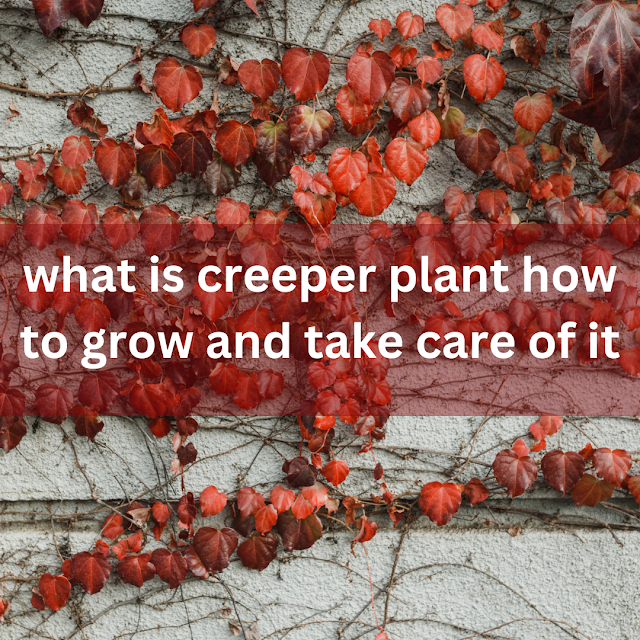Dianthus chinensis, commonly known as China Pinks, is a popular flowering plant that is widely grown for its beautiful, fragrant blooms. It is a low-maintenance plant that is relatively easy to grow, but it still requires some care to thrive and produce healthy, vigorous blooms. In this blog post, we will discuss how to take care of Dianthus chinensis to keep it healthy and blooming.
Soil and Sunlight:
Dianthus chinensis thrives in well-drained soil with a pH range of 6.0 to 7.5. It prefers full sunlight but can tolerate partial shade. Plant the Dianthus chinensis in a spot that receives at least six hours of direct sunlight each day. The soil should be rich in organic matter, and you can add compost or well-rotted manure to improve the soil quality.
Watering:
Dianthus chinensis does not like wet feet, so be sure to plant it in well-draining soil. Water the plant deeply once a week or when the top inch of soil feels dry. Avoid overwatering as this can lead to root rot and fungal diseases. Water at the base of the plant to keep the leaves and flowers dry.
Fertilization:
Dianthus chinensis benefits from regular fertilization, which will help it produce more blooms and remain healthy. Fertilize the plant every two weeks during the growing season with a balanced fertilizer. Use a slow-release fertilizer to provide nutrients over a longer period.
Deadheading:
Dianthus chinensis produces new blooms on old flower stalks, so deadheading is necessary to encourage continuous blooming. Deadhead the plant regularly by removing spent flowers and seed pods as soon as they appear. This will prevent the plant from wasting energy on seed production and focus its energy on producing new blooms.
Pruning:
Dianthus chinensis benefits from occasional pruning to promote new growth and a bushy, compact habit. Prune the plant back by one-third after the first bloom to encourage new growth and branching. Remove any dead, damaged, or diseased stems or foliage as soon as you notice them.
Pest and disease control:
Dianthus chinensis is generally resistant to pests and diseases, but it can be susceptible to fungal diseases such as powdery mildew and rust. Prevent these diseases by avoiding overhead watering, providing good air circulation, and removing any infected leaves or stems promptly. Watch for pests such as aphids, spider mites, and thrips, and treat them with insecticidal soap or neem oil if necessary.
Conclusion:
Dianthus chinensis is a beautiful and low-maintenance plant that can be grown in a variety of soil and sunlight conditions. By providing proper care, including well-draining soil, regular watering, fertilization, deadheading, pruning, and pest and disease control, you can keep your Dianthus chinensis healthy and blooming throughout the growing season.
You may explore our more plants:
- How To Make More Grow Plants By Doing Less
- Low-maintenance seasonal plants in India
- How to take care of indoor Plants
- 15 benefits of having plants in the office area












